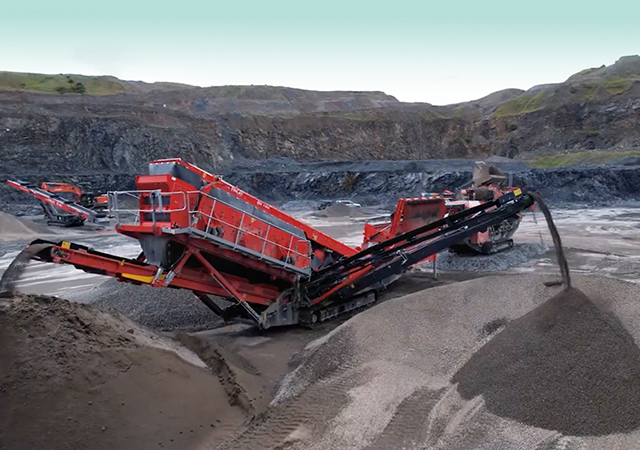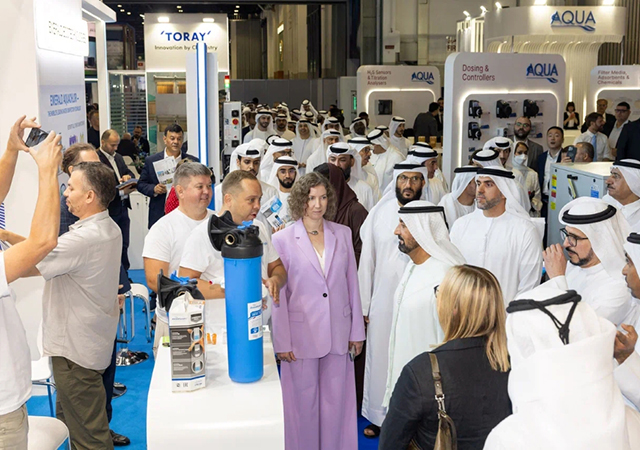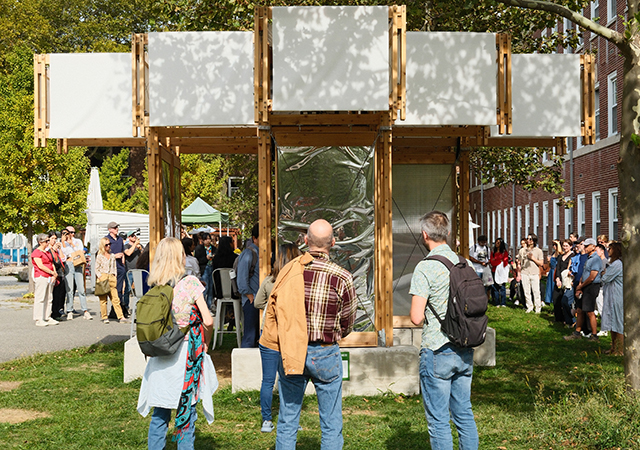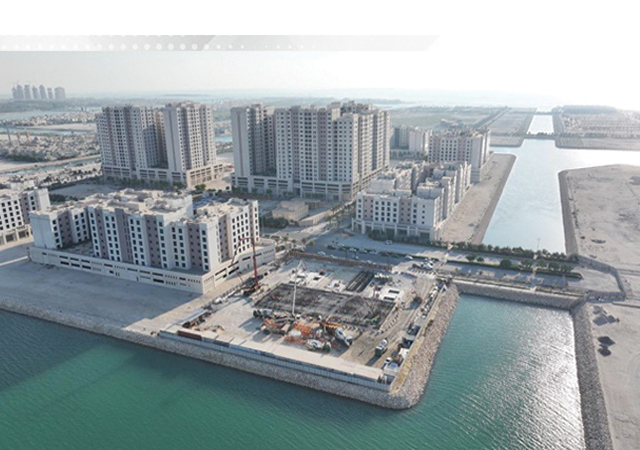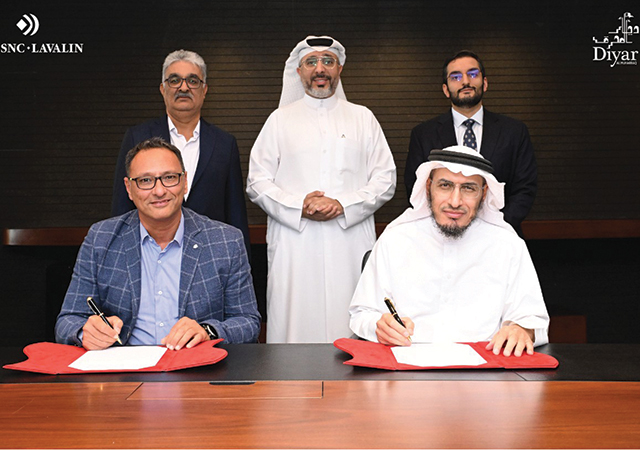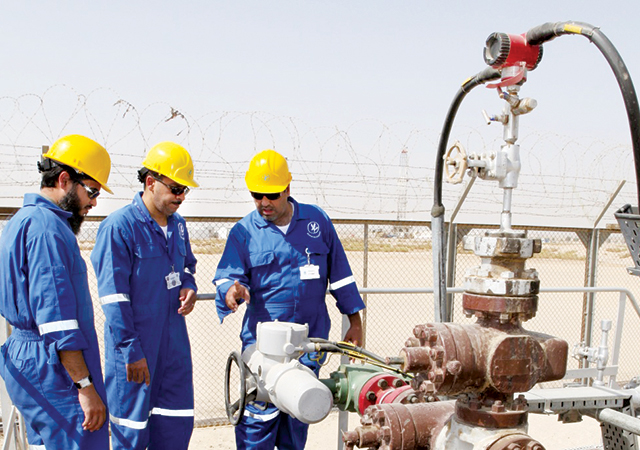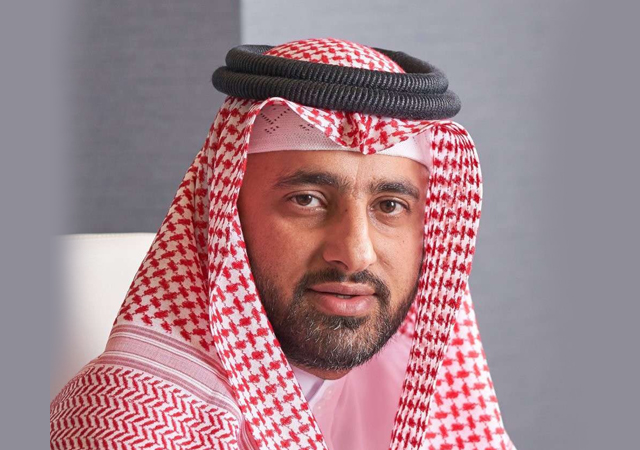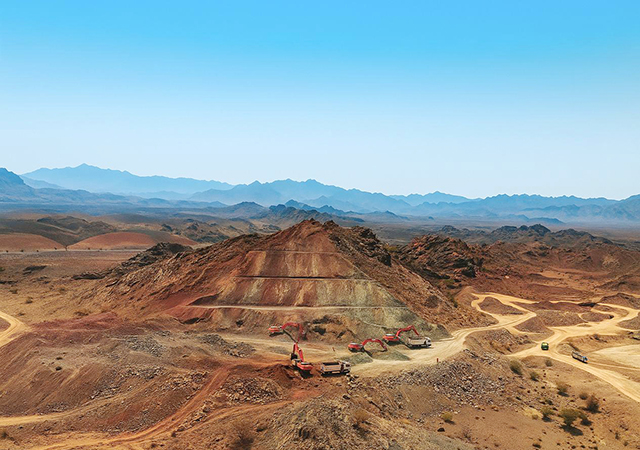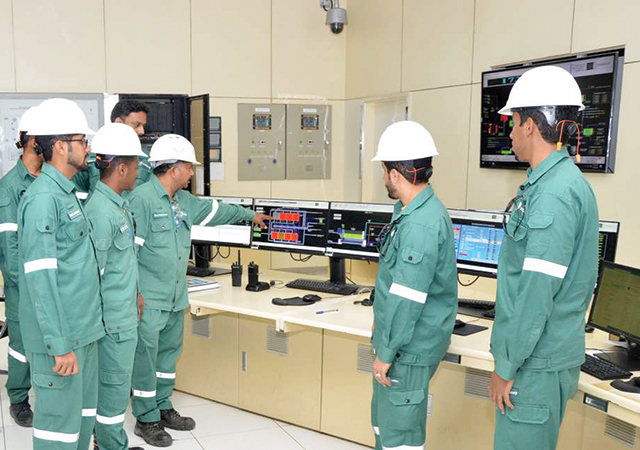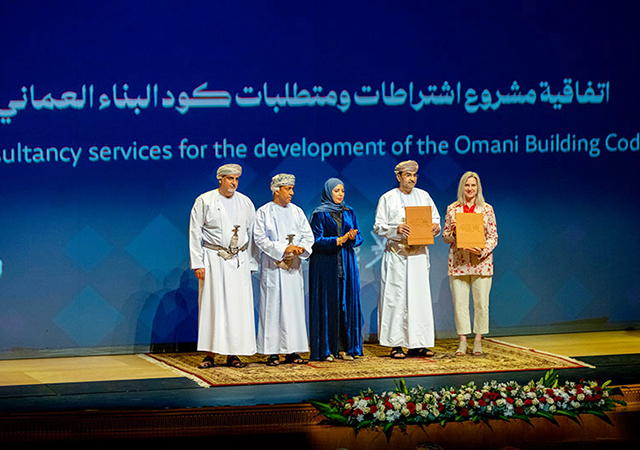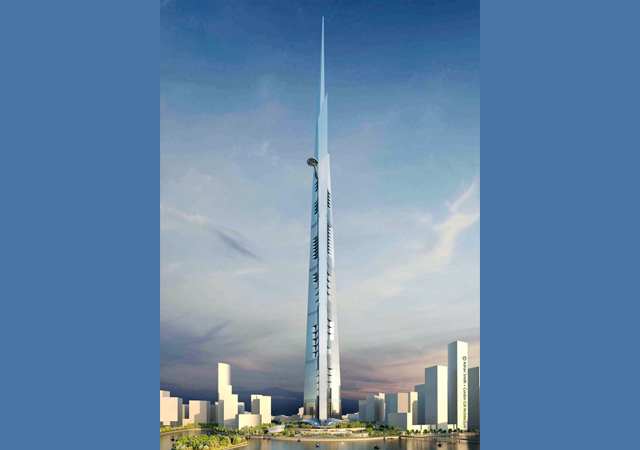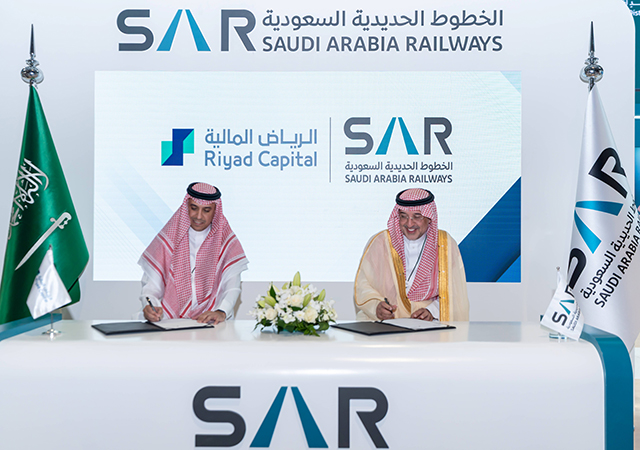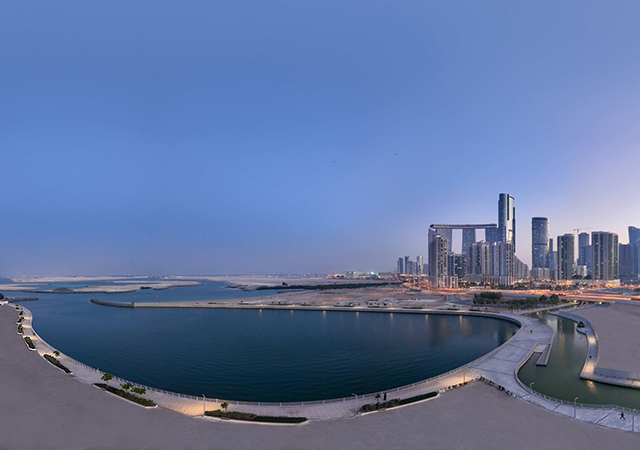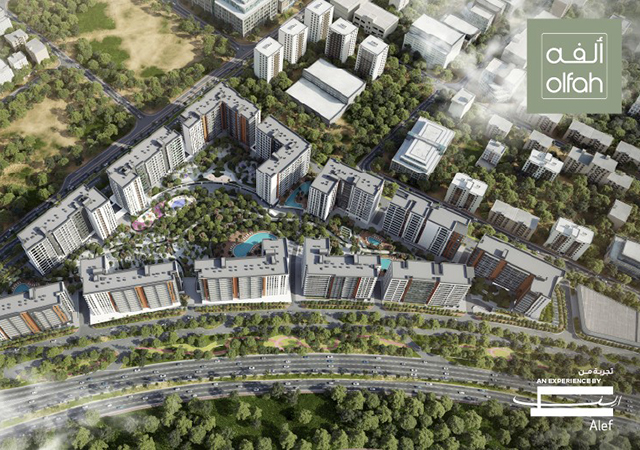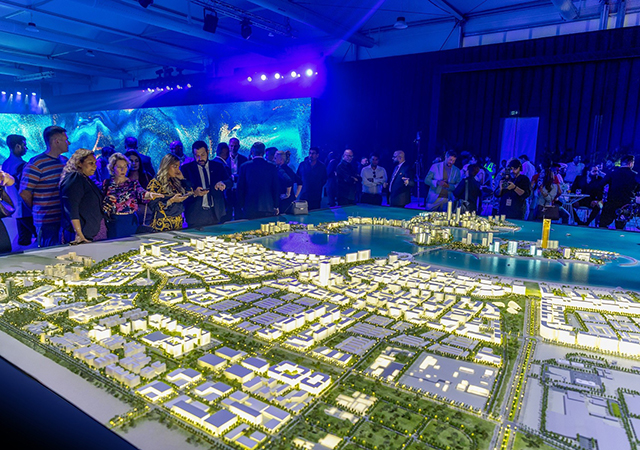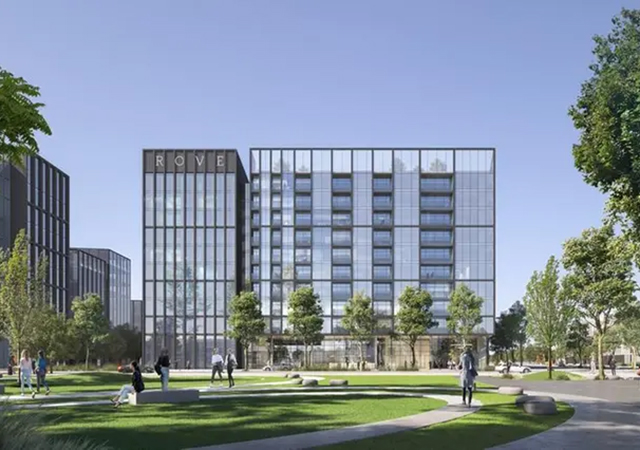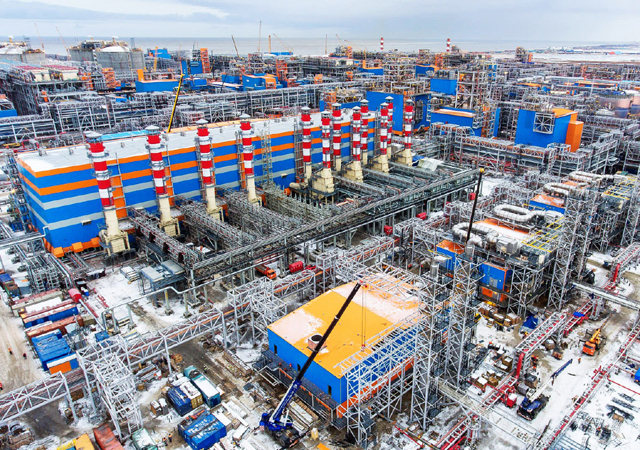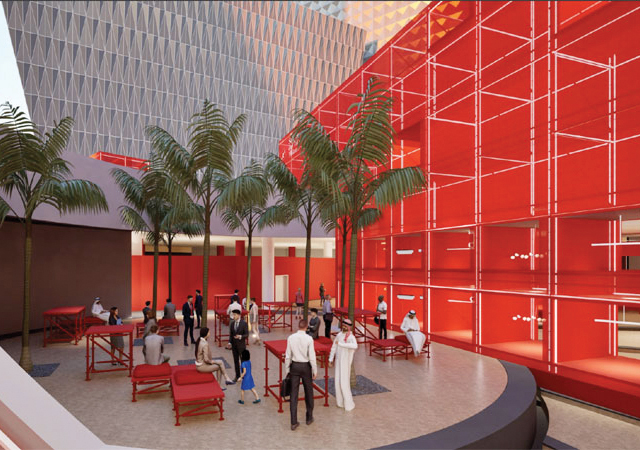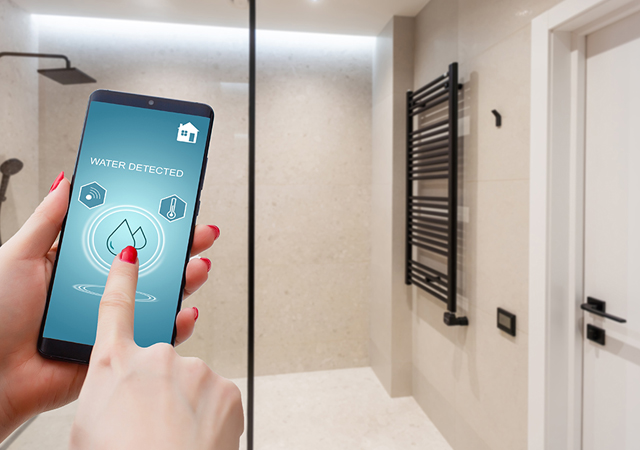
 Digital platforms and connected tools offer real-time oversight, standardise safety checks, and help teams identify and mitigate risks before they escalate.
Digital platforms and connected tools offer real-time oversight, standardise safety checks, and help teams identify and mitigate risks before they escalate.
As the GCC continues its rapid urban and infrastructure development, fire safety is becoming a central concern for construction leaders, facility managers (FM), and regulators alike. The risks associated with poor fire safety planning – whether it is in towering skyscrapers to expansive public venues – are too significant to ignore, especially in a region with ambitious national visions like Saudi Vision 2030 and the UAE Net Zero 2050 strategy.
The challenge: a need for proactive fire safety
Despite the implementation of strict safety regulations across the GCC, many construction projects still rely on outdated fire safety practices. Manual inspections, disconnected paper-based checklists, and siloed reporting continue to be common. These legacy methods increase the risk of missed hazards, slower response times, and inconsistent compliance.
The consequences of these gaps are significant: potential loss of property, delays in project handovers, reputational damage, and – most importantly – threats to human life. As developments across the region become more complex and ambitious, the risks of non-compliance escalate.
 |
|
Imam ... traditional approaches are simply no longer sufficient. |
Traditional approaches are simply no longer sufficient to meet today’s regulatory and operational demands. A study by the National Fire Protection Association (NFPA) found that poor or incomplete documentation contributes to more than 35 per cent of fire safety failures in commercial buildings. This further highlights the urgent need for a proactive, data-driven fire safety strategy supported by smart technologies.
Digital platforms and connected tools offer real-time oversight, standardise safety checks, and help teams identify and mitigate risks before they escalate. In the region’s fast-evolving construction landscape, embracing digital fire safety isn’t just an operational upgrade – it’s a vital shift toward safer, smarter, and more resilient buildings.
Regulatory pressure is rising
Authorities across the region have taken steps to tighten enforcement. The UAE’s Civil Defence mandates regular inspections, real-time reporting, and full compliance with Fire and Life Safety Codes. In Saudi Arabia, fire safety is a key component of the Smart Cities framework, requiring digital infrastructure that supports rapid data access and accountability.
Failure to comply can result in fines, project shutdowns, or denied handover approvals. Yet many contractors and facilities management teams still struggle with compiling accurate, timely fire safety records.
In Dubai, fines for non-compliance with Civil Defence codes can range from AED2,000 ($544.48) for minor violations to over AED50,000 for critical issues such as faulty suppression systems or inaccessible emergency exits. In Saudi Arabia, penalties under the General Directorate of Civil Defence are similarly stringent and can result in operational suspension.
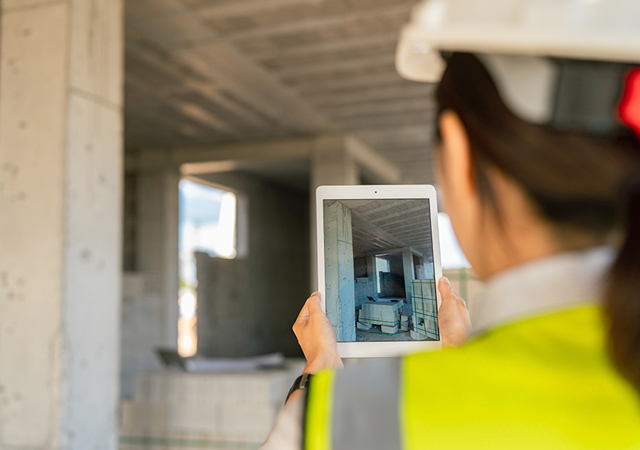 |
|
FM teams should be equipped with mobile tools for capturing and escalating issues instantly. |
Digital tools: closing the compliance gap
This is where digital construction and facility management platforms are reshaping how fire safety is managed. Using mobile devices or tablets, teams can:
• Conduct and document fire safety inspections using standardised digital checklists.
• Capture real-time images of fire safety violations and immediately assign tasks for resolution.
• Maintain secure, cloud-based logs for all safety audits, ensuring readiness for Civil Defence reviews.
• Automatically flag missed inspections or overdue safety tasks.
By digitising these workflows, companies not only reduce paperwork but also improve their responsiveness to hazards. Fire safety teams using such tools report up to 50 per cent faster audit preparation and resolution times.
For instance, one FM company in the UAE reduced monthly audit preparation from three days to less than 24 hours after digitising its fire safety workflows with a mobile-first platform. This not only improved compliance but also freed up resources for additional risk prevention measures.
Beyond compliance: a smarter approach to risk management
Digitised fire safety isn’t just about checking boxes – it’s about smarter prevention. With all safety data centralised, organisations can identify patterns, such as recurring equipment faults or inspection failures in specific buildings. This allows for targeted maintenance and upgrades, reducing risk across entire portfolios.
Smart dashboards help FM teams visualise risk exposure by location, issue type, or compliance rating – enabling real-time interventions before issues escalate. Over time, this builds a comprehensive risk profile that supports long-term asset protection.
Looking ahead, the integration of IoT fire detection sensors with construction, facility management and real estate platforms like PlanRadar will unlock real-time alerts, AI-powered risk modelling, and automatic escalation of unresolved issues. These capabilities will be critical for large-scale developments, where even minor oversights can lead to major losses.
Expert recommendations
Here are key strategies and actionable insights for developers and facilities management teams in the GCC to enhance fire safety and ensure compliance.
• Embed fire safety in project planning: Engage safety teams from the early design stages. Consider fire detection system placement, access points for emergency services, and materials selection based on fire resistance ratings.
• Use digital tools for standardisation: Ensure inspections follow consistent, up-to-date protocols that reflect local codes. Digital templates prevent oversights and reduce human error.
• Train staff on smart reporting: Equip teams with mobile tools for capturing and escalating issues instantly. Encourage a culture of documentation and accountability.
• Leverage analytics: Use inspection data to guide investments in fire suppression and detection systems. Identify trends and adapt safety strategies accordingly.
• Build a compliance roadmap: Align fire safety workflows with regulatory deadlines and audit requirements.
• Partner with technology providers: Collaborate with solution providers who understand GCC regulatory needs and can offer localised support.
The future: data-led fire safety in smart cities
As smart city developments grow across the region, fire safety must evolve in parallel. Digital tools will be central to this shift – ensuring compliance, reducing risks, and protecting communities.
In planned developments like NEOM or Dubai South, the integration of smart fire safety technologies will become a baseline expectation. Digital compliance platforms, coupled with AI and IoT, will support zero-incident construction and enhance emergency preparedness.
Real-time evacuation simulations, sensor-triggered alerts, and 3D modelling of escape routes are already being explored by forward-thinking developers. In this future, fire safety isn’t just a requirement – it’s a design principle.



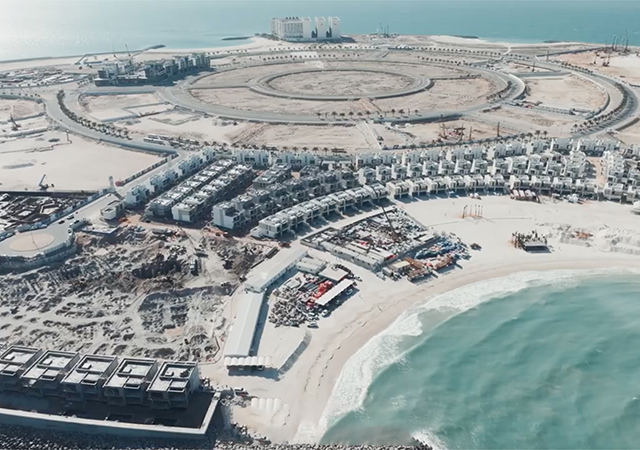

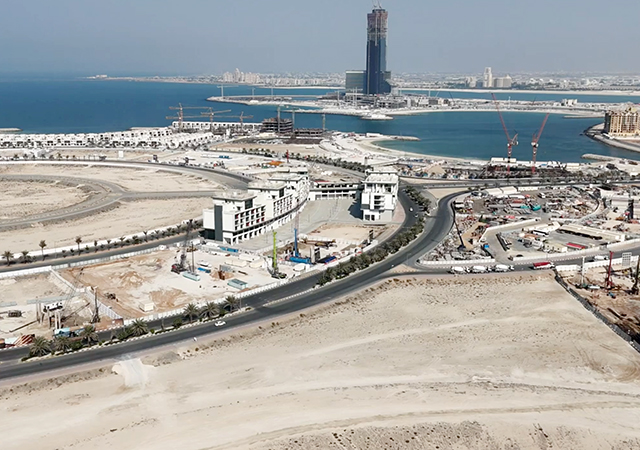


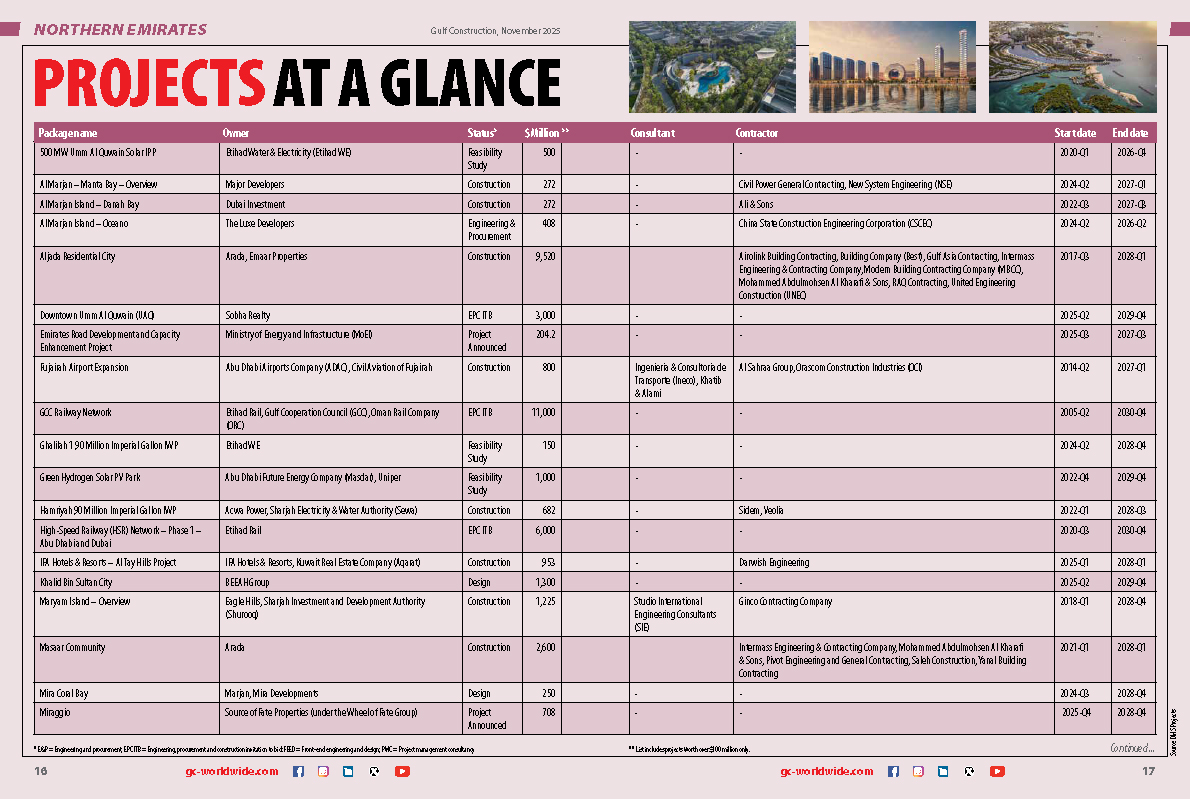
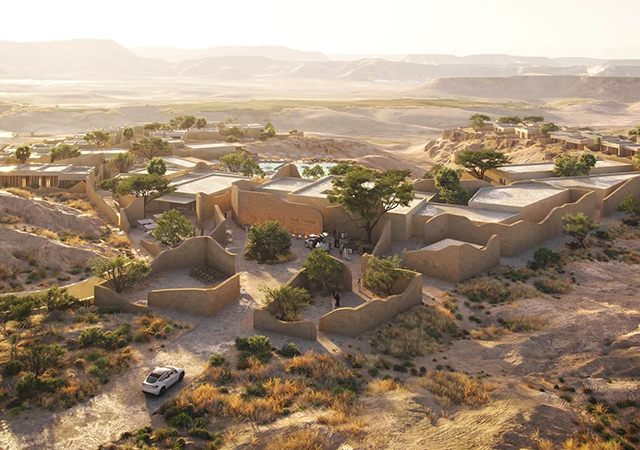



(5).jpg)






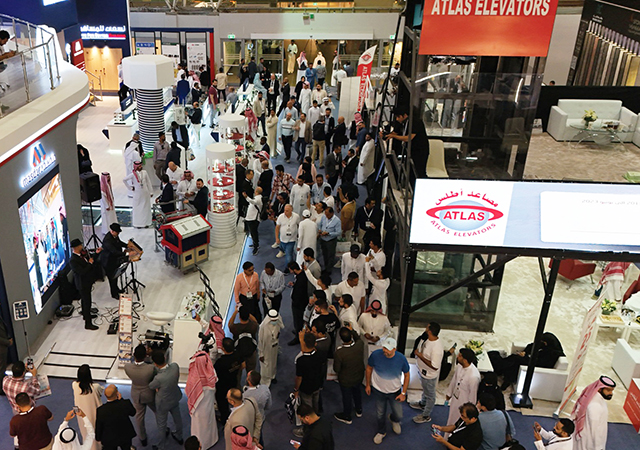

.jpg)




